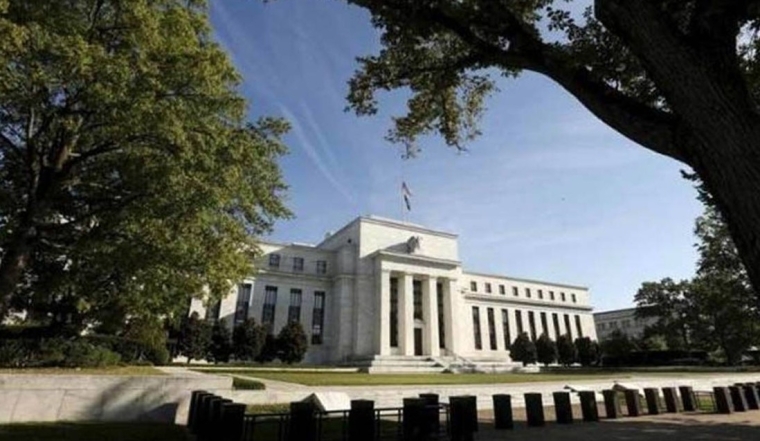
By Stuart Talman, XE currency strategist

Price action has been contained in tight ranges throughout Wednesday's sessions, central bank speak the main focus in a week light on tier 1 macro data releases. The more hawkish leaning Fed officials have pushed back against last week's dovish interpretation of the FOMC meeting, Governor's Waller and Bowman referencing the September quarter's strong performance (GDP annualised at 4.9%) as a factor that may require the Fed to further hike.
Fed Chair Powell delivered opening remarks at the Division of Research and Statistics Centennial Conference in Washington however failed to influence short-term direction as he refrained from commenting on the outlook for both the US economy and monetary policy.
Powell is scheduled to speak again today at an IMF conference, participating in a panel discussion titled Monetary Policy Challenges in a Global Economy…..therefore reasonable to assume that Thursday's comments from the Fed Chair may move the market.
Net moves amongst the G10 cohort have been compact with most of the majors +/- 0.30% intraday move.
Placed in the bottom third of the G10 leaderboard, the New Zealand dollar has traded a 30-pip range, finding support a pip or so north of 0.5910 for the second day. The Kiwi's upside was capped around 0.5940.
Despite softer-than-expected eurozone retail sales (-0.3% vs -0.2%, expected), the Kiwi logs its largest intraday loss against the euro, NZDEUR falling from 0.5550 to 0.5525 through the later stages of European trade. Having found support near 0.5480 last week, the pair's three-day rebound topped out near 0.5590 earlier this week, failing to establish a foothold above the 100-day moving average.
With both the RBNZ and ECB unlikely to change policy settings and a shared murky outlook for both economies, we suspect the pair will range trade into year-end, price action anticipated to be contained between 0.5450 and 0.5600.

Back to the dollar, last week’s sell-off, induced by softer US data and Powell refraining from committing to a year-end hike, has been partly reversed, despite US bond yields trading in proximity to Friday’s swing lows.
It appears the market has acknowledged last week to be an overreaction, price action signalling that market participants have stepped back from the call the Fed is not likely to raise the target rate beyond its current 5.25% - 5.50% range.
Having rallied hard from mid-July to early October, the dollar index (DXY) climbing from near 99.50 through 107.00, October and early November has delivered consolidative price action. The measure of the dollar against a weighted basket of 6 major currencies probed the bottom of its 6-week range last week, DXY finding support in the 104.80’s.
Three days of gains has lifted the dollar gauge back through old support at around 105.50 which also corresponds with the 23.6% Fibonacci retracement of the July to October ascent.
Next week may prove pivotal in determining the next phase for the dollar.
The US CPI report drops overnight, Tuesday.
A hot core reading will catapult DXY back towards the 107.00’s whilst a soft reading likely opens a path to test the 100 and 200-day moving averages, currently located between 103.50 and 104.00.
Annualised core CPI printing at 4.0% or lower should be the catalyst for the Kiwi to smash through 60 US cents, providing more evidence for the Fed to refrain from additional hikes.
Should core inflation in the US fail to further recede, remaining above 4% through 1Q 2024, the dollar will reassert its dominance, setting up a re-test of the late October swing low near 0.5770.
Shifting the focus back to the 24 hours ahead, central bank speakers will continue to be the primary influence on short-term direction, Powell’s IMF panel discussion the obvious headliner.
CPI for China and weekly jobless claims in the US are the only data points that require scrutiny.
Will Powell choose to push back, emphasizing the Fed’s sustained tightening bias, or will the absence of market moving comments induce another yawn-fest through Thursday?
Daily exchange rates
Select chart tabs
Stuart Talman is Director of Sales at XE. You can contact him here.

We welcome your comments below. If you are not already registered, please register to comment.
Remember we welcome robust, respectful and insightful debate. We don't welcome abusive or defamatory comments and will de-register those repeatedly making such comments. Our current comment policy is here.